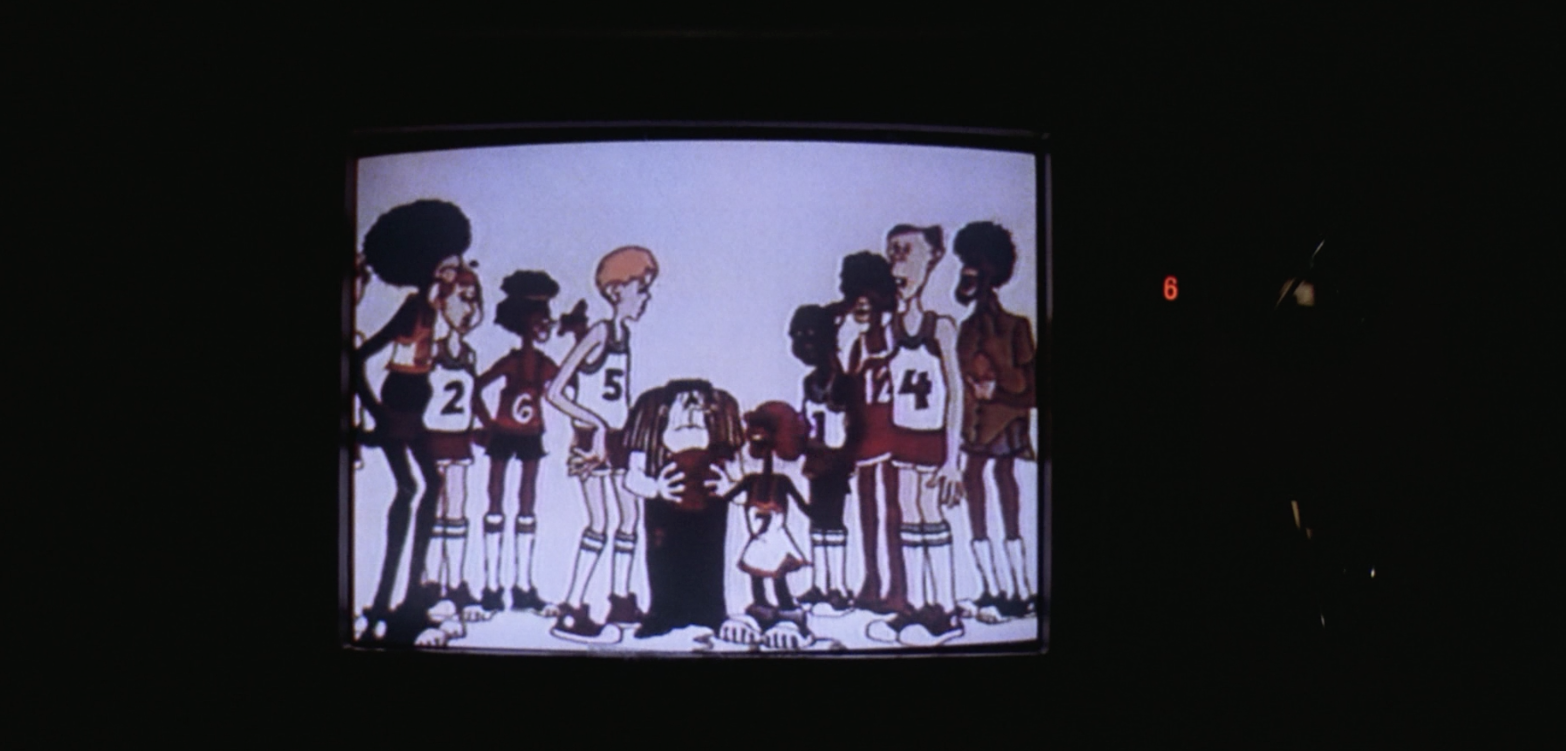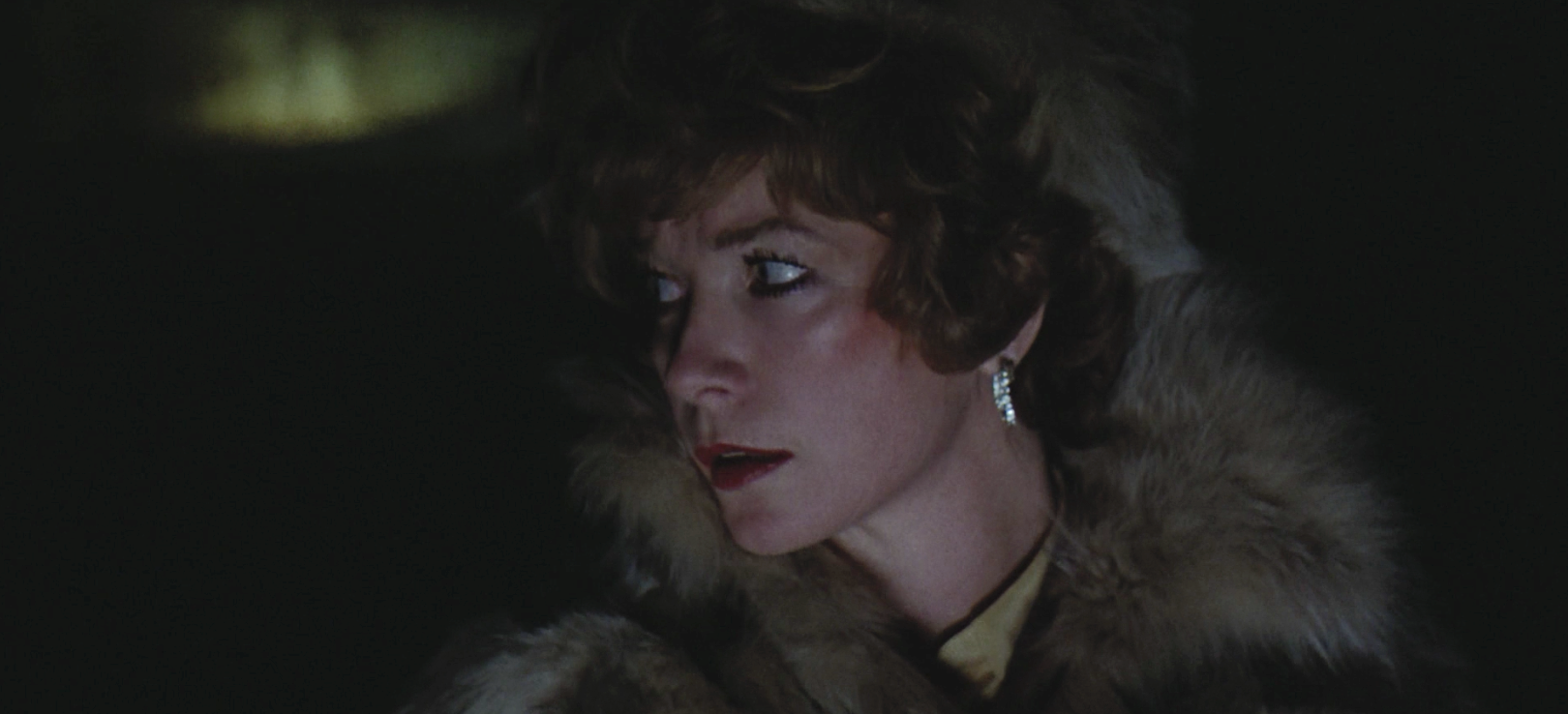Why does “Being There” highlight “Basketball Jones” so prominently?
Television plays a huge role in Hal Ashby’s Being There (1979). Simpleton gardener Chance (Peter Sellers) has formed his entire worldview from television, having been raised in isolation within the walls of a single house for his entire existence. He tends to the house’s garden, has his meals brought to him by the maid, and spends all his free time with a remote control in hand.
Now, middle-aged and never having done so much as taken a ride in a car, Chance is forced upon the world when the master of the house passes away. Stepping out of the building, curiously positioned within a dilapidated area of Washington D.C.’s urban environment, Chance begins a series of events that will soon have him hob-nobbing with America’s elite, advising the president, and becoming a nationally-recognized economic genius.
Despite his repetitious mantra of “I understand,” all the man truly knows is gardening, whether or not he is hungry, and how to mimic yoga poses he sees on the tube.
The filmmakers compiled a tremendous amount of television clips to utilize throughout the picture. They encompass all sorts: drama, commercials, exercise, children’s shows, romance. Chance isn’t picky, and he has all the time in the world. These snippets weave their way through the picture, sometimes the forefront of our attention and other times serving as background noise. However the material is presented, it always serves what is going on with Chance at that particular moment.
Of all the programming Being There employs, the animated short film Basketball Jones (1973) based on the song by Cheech & Chong may be held on-screen the longest. After being struck by Eve Rand’s (Shirley MacLaine) limousine, Chance is escorted back to her mansion to receive medical care. On the ride there, Chance naturally switches on the in-car television to find Basketball Jones. The scene lingers for a significant amount of time and makes Basketball Jones the camera’s focus.

Visually, the cartoon doesn’t have much relevance to Chance’s journey. The song is a parody of “Love Jones” by Brighter Side of Darkness, and is a joke song about a fellow who is jonesing for basketball like a drug.
The lyrics of “Basketball Jones” talk about the basketball player needing someone to set a pick and help him out:
“I need help, ladies and gentlemen
I need someone to stand beside me
I need, I need someone to set a pick for me
At the free-throw line of life, someone I can pass to
Someone to hit the open man on the give-and-go
And not end up in the popcorn machine
So cheerleaders, help me out!”
Chance had just set foot in the world for the first time a few hours earlier. He is homeless, hungry, and barely capable of thinking. He certainly needs someone to help him, stand beside him, and assist with his life. As it happens, Eve Rand is about to do all those things. Basketball Jones plays at the point in their automotive voyage when the car is pulling up to the Rand’s home (filmed at the massive Biltmore Estate), the turning point of Chance’s assistance in the world.
Basketball Jones also works on a comedic level. The filmmakers include this subversive, counterculture, suggestive cartoon because Chance has just met Eve, a wealthy, cultured socialite. She doesn’t seem the type who watches television at all beyond the news or cultured programming, preferring highbrow entertainment like the theater. She is a firm image of the establishment this type of material subverts.

The scene also sets the stage for Eve looking at what Chance is watching, examining his reaction, and emoting in a way that makes her curious as to what deep philosophical meaning Chance is drawing from the material. The joke repeats itself a number of times, as she later catches him watching shows like Mr. Roger’s Neighborhood (1968) with the same curious interest.
Being There uses a wealth of material to help complement its story. Basketball Jones is just one example. The relationships drawn between innocuous TV material and the happenings in Chance’s life are thematically poignant with the film’s messages about perception and identity, and reflect the way we attribute value and meaning to various influences.

